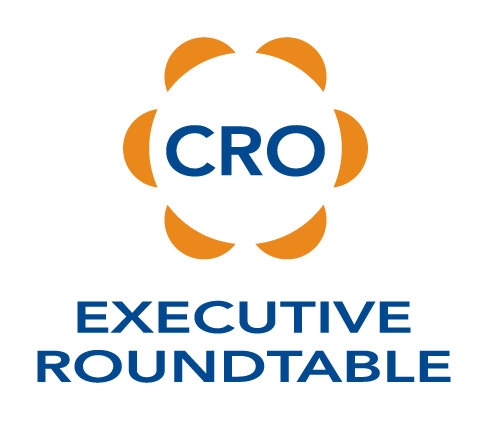The first step moving from a features & benefits-based, go-to-market model to a Differentiating Value (DV) approach is defining your Differentiating Value.
In B2B revenue models, the first question to ask is: How does my product / service improve the customer’s business? Forget the traditional quality, service and support pontifications. In B2B, quality, service and support are simply expected and all three are claimed by every competitor anyway so you get no differentiating points on these issues.
Look at the transaction from the prospect’s world and define how their overall performance is improved by having your product / service. That is your Differentiating Value and you can never have too much DV. Most prospects are already buying from someone else today so the more DV-based improvements your products deliver to the prospect’s business, the better platform you have for revenue growth.
The question always comes up…“What if they are happy with a competitor’s product and there doesn’t seem to be a benefit to making change?” This happens every day in sales. Our observation is one of two situations typically applies. If your product delivers substantial, compelling DV to your market and the sales rep has asked all the Critical Qualifying Questions for Motivation but the prospect is not responding, your rep is 1.) not connecting with the emotional buyer or 2.) the prospect is not a ‘fit’ for your DV. Assuming the prospect is not a fit for your DV, it is better to know that as early as possible in the sales cycle so you don’t waste time pursuing and forecasting dead end deals.


